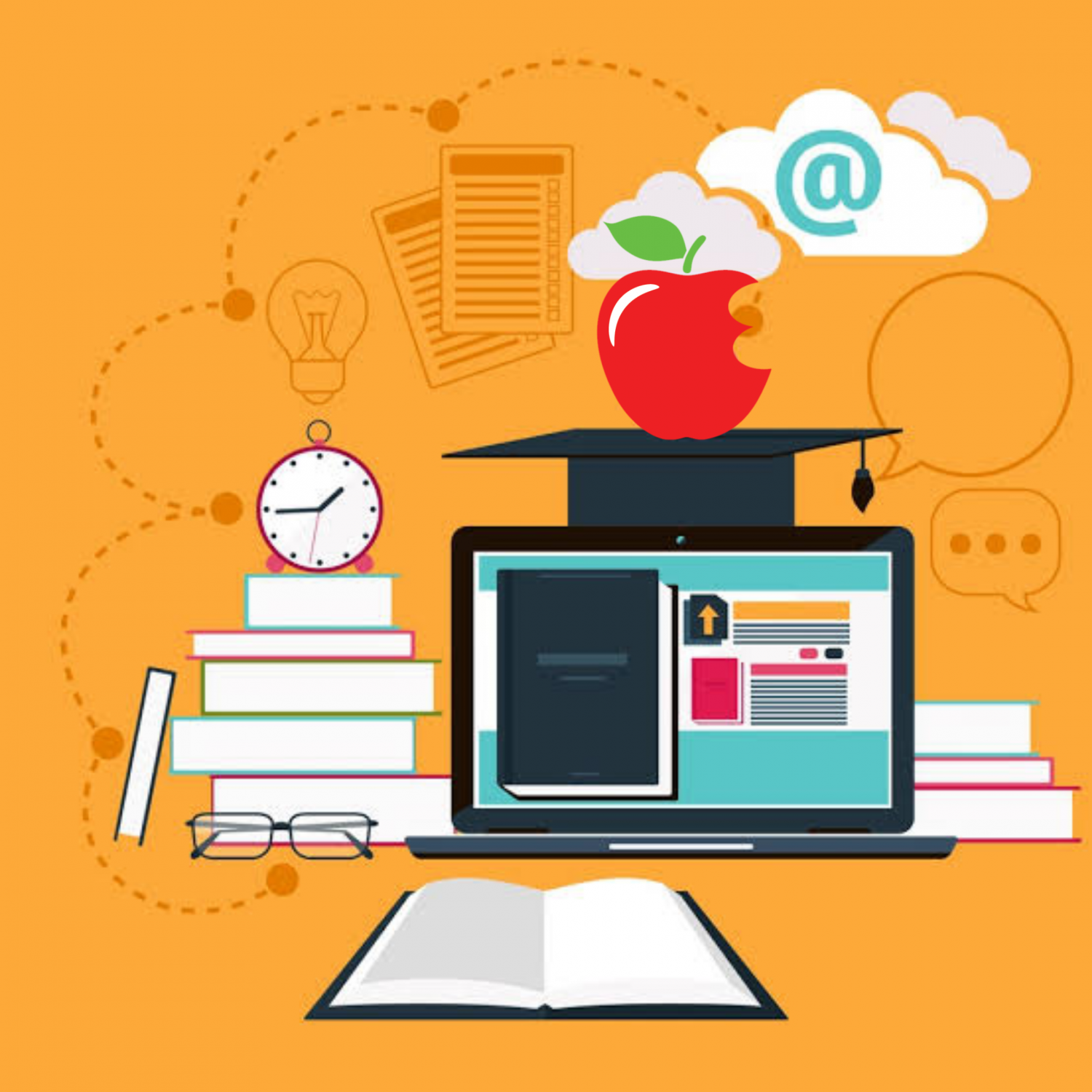Learning Styles
- overall patterns that provide direction to learning and teaching
- a set of factors, behaviors, and attitudes that facilitate learning for an individual in a given situation
Each learner has distinct and consistent preferred ways of perception, organization and retention.
Learning styles theories address individual differences, which “might include personality, mental processing, confidence, attitude, sensory intake processes or some complex combination of these and other differences”.
Learners experience more pleasure, are more engaged, and acquire new skills with much less effort when the experience matches their individual preferences.
LEARNING STYLE THORIES
Theory: Experiential Learning Theory
Proponent: David Kolb
- Experience determines learning.
- Grasping experience + Transforming experience = Knowledge
|
GRASPING EXPERIENCE |
TRANSFORMING EXPERIENCE |
|
Feeling (Concrete Experience) |
Doing (Active Experimentation) |
|
Thinking (Abstract Conceptualization) |
Watching (Reflective Observation) |
Learning styles
- Feeling + Doing = Accommodating
- Feeling + Watching = Diverging
- Thinking + Watching = Assimilating
- Thinking + Doing = Converging
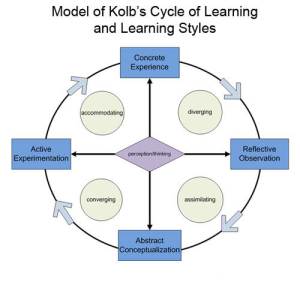
Click image to view larger
Source: http://nonprofit.davenport.edu/
Theory: MBTI (Myers-Briggs Types Indicator)
Proponent: Carl Jung
- Introversion (I) vs. Extroversion (E)
- Intuition (N) vs. Sensing (S)
- Thinking (T) vs. Feeling (F)
- Judging (J) vs. Perceiving (P)
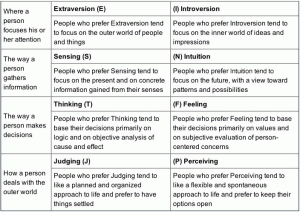
Click image to view larger
Source: http://www.talkingabout.com.au/
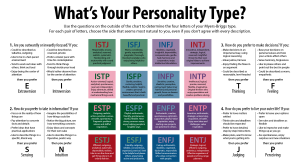
Click image to view larger
Source: http://upload.wikimedia.org/
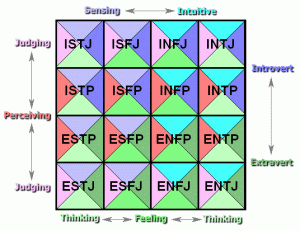
Click image to view larger
Source: http://thearticulateceo.typepad.com/
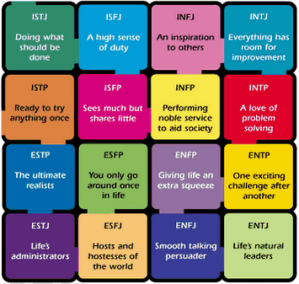
Click image to view larger
Source: http://www.sheilaglazov.com/
Theory: Learning Style Model
Proponent: Dunn & Dunn
- Learning style is the way in which each learner begins to concentrate on, process, use and retain new and difficult information
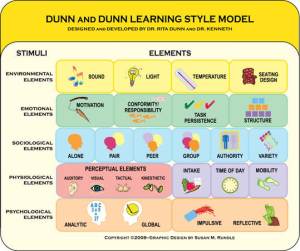
Click image to view larger
Source: http://www.ilsa-learning-styles.com/
Theory: Multiple Intelligence (MI)
Proponent: Howard Gardner
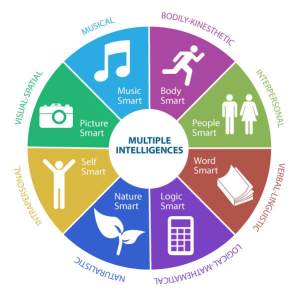
Click image to view larger
Source: http://www.connectionsacademy.com/
Nine Intelligences:
- Verbal-Linguistic – using words effectively
- Mathematical-logical – reasoning, calculating; think conceptually, abstractly, see and explore patterns and relationships
- Musical – show sensitivity to rhythm and sound
- Visual-Spatial – think in terms of physical space, as do architects and sailors
- Bodily-Kinesthetic – use the body effectively, like a dancer or a surgeon
- Interpersonal – understanding, interacting with others
- Intrapersonal – understanding one’s own interests, goals
- Naturalistic – recognize and categorize plants, animals and other objects in nature
- Existential – sensitivity and capacity to tackle deep questions about human existence
Effective teaching usually combines several approaches, or multi-sensory instruction, so the child uses more than one sense at a time while learning. Multi-sensory approaches work well because of the way our brain is organized.
